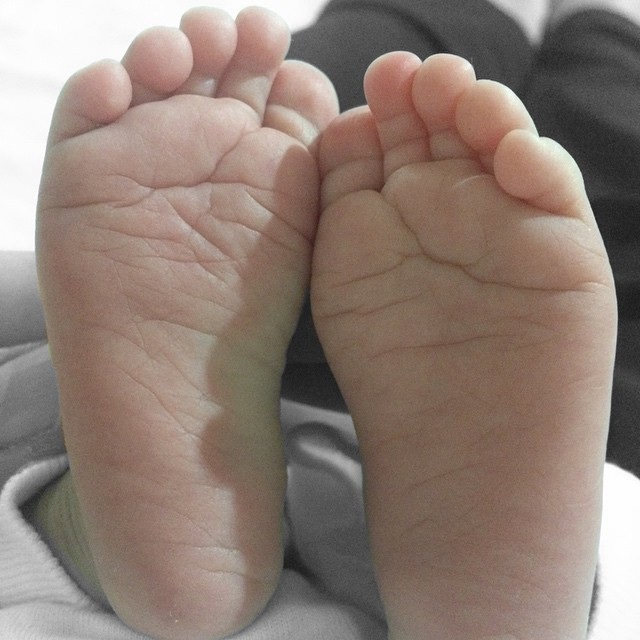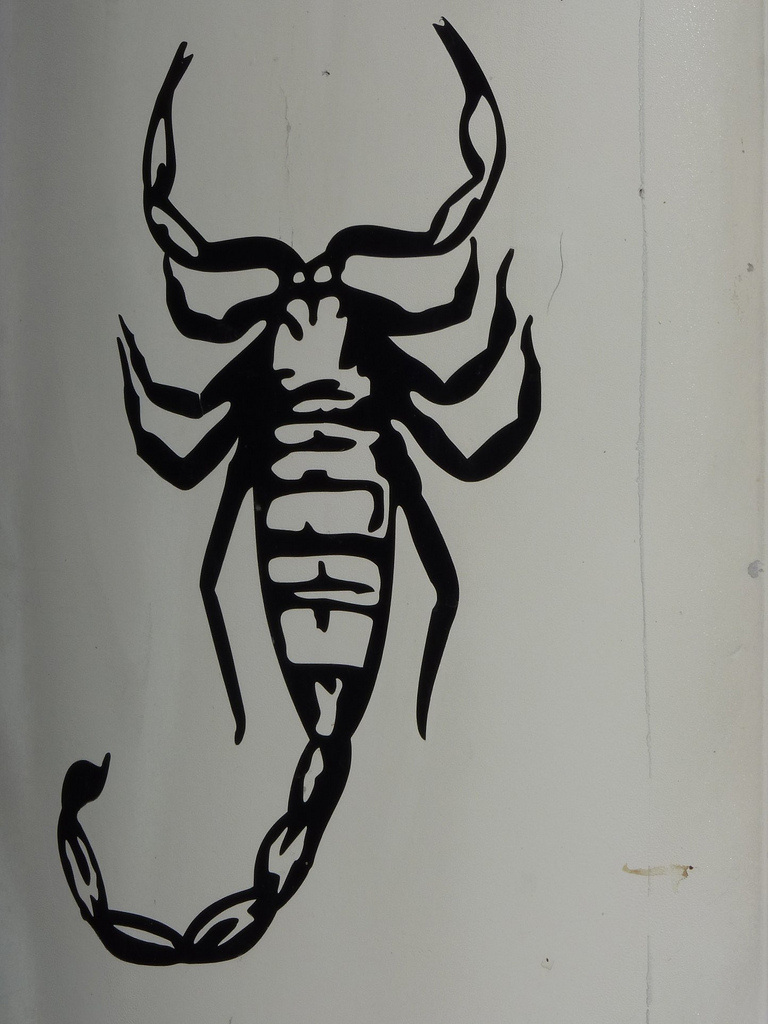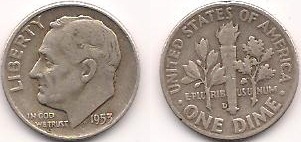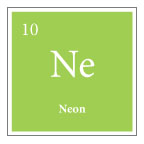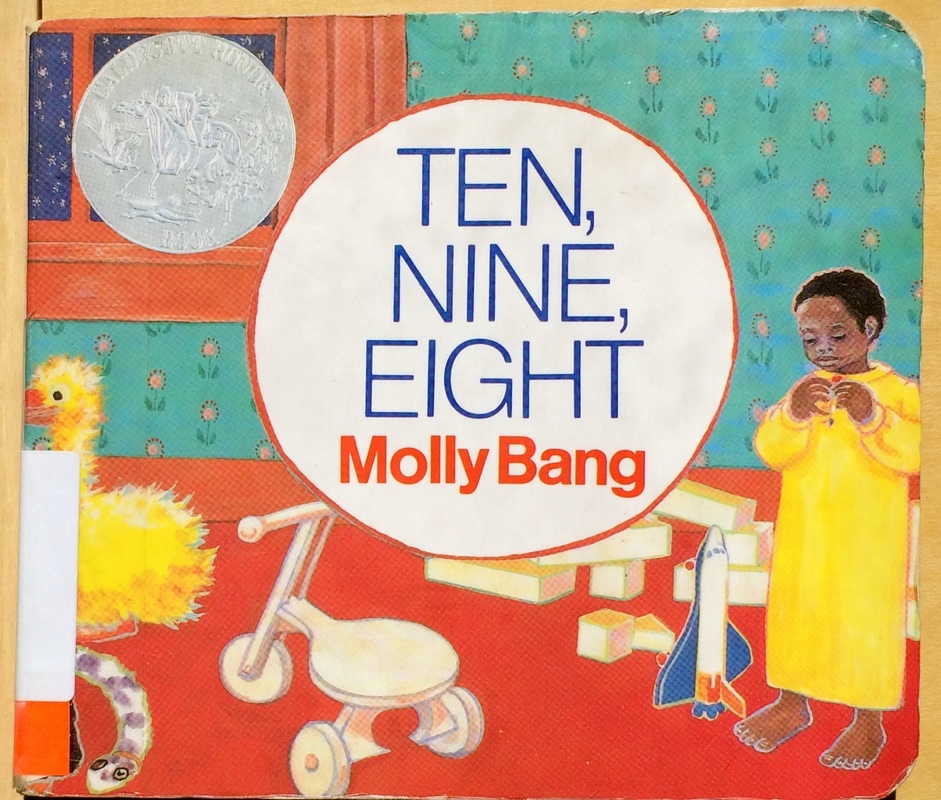| SNAP-Scaffolding for Numerical Synapses |
TEN
OBSERVING TEN WITH YOUNG CHILDREN
Observing ten includes exploring geometric expressions of ten, i.e., decagons, decagrams;
polyhedrons such as a decagonal pyramid and a decagonal prism.
polyhedrons such as a decagonal pyramid and a decagonal prism.
|
INTRODUCTORY ACTIVITIES
LIFE SKILLS
SENSORIAL EXPLORATION
MATH
LANGUAGE
CULTURE
History and Timelines
Art and Music
Science
Botany/Zoology/Human Body
ADDITIONAL ACTIVITIES
|
|
